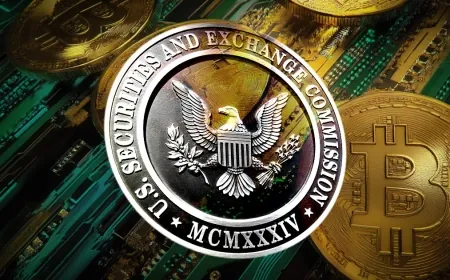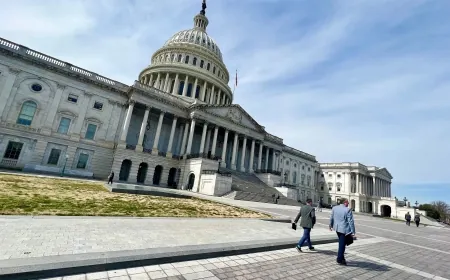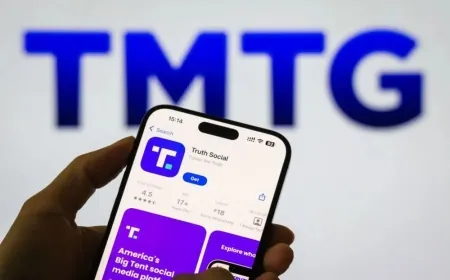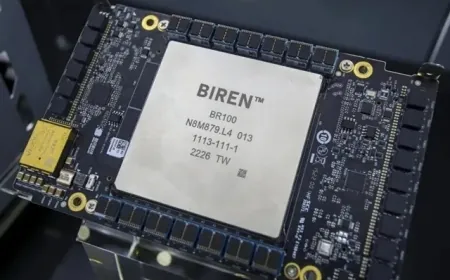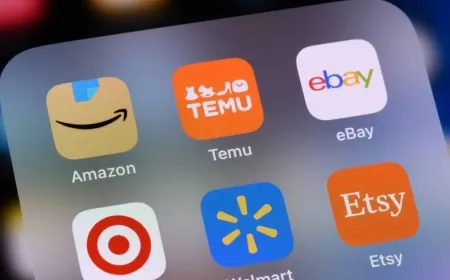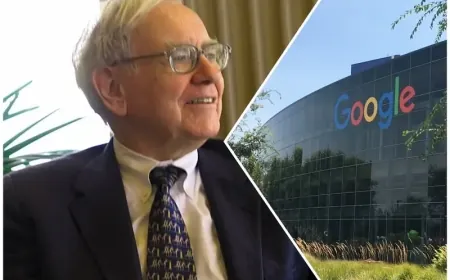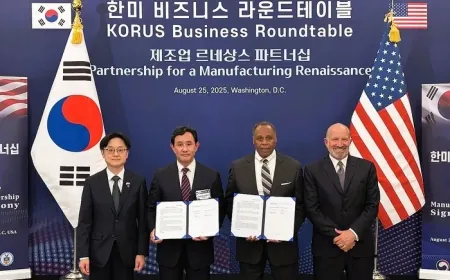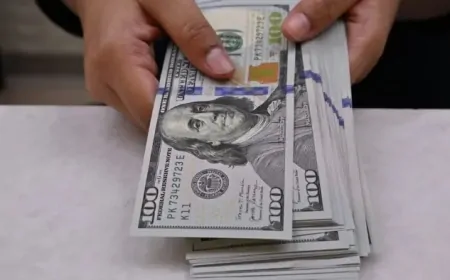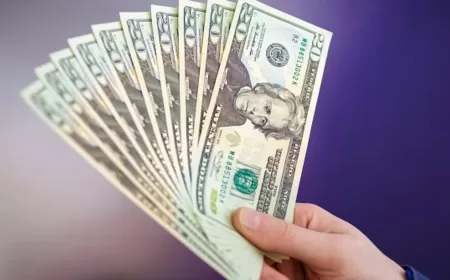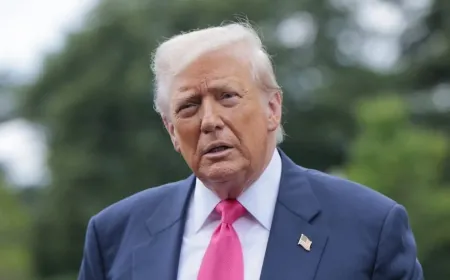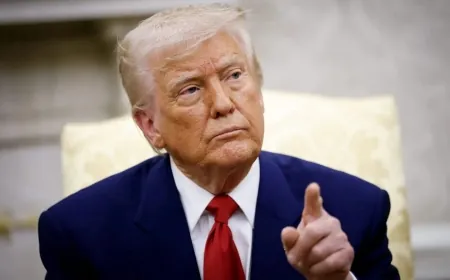China Removes Tariffs on Some U.S. Goods, But Denies Trump’s Trade Talks Claims
China removes tariffs on select U.S. imports, but Trump’s claims of active trade talks are quickly rejected. What’s behind the confusion and what’s next for the U.S.-China trade war?
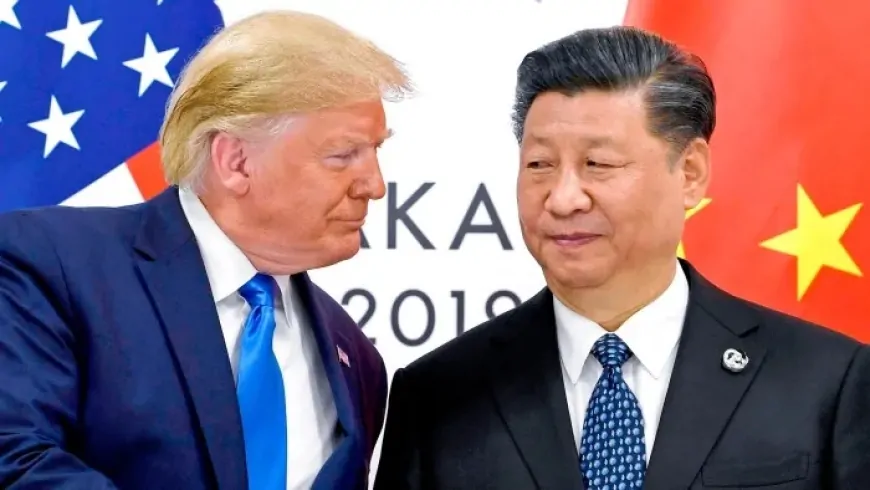
China has taken a step towards easing trade tensions by exempting certain U.S. imports from its hefty tariffs. On Friday, sources indicated that China is allowing U.S. pharmaceuticals to enter the country without the steep 125% tariffs imposed earlier this month. This decision came as part of China's broader response to President Donald Trump's controversial tariffs on Chinese goods, which reached as high as 145%.
In addition to this development, reports began circulating that China is considering tariff exemptions for 131 categories of U.S. products. These products include key industries such as vaccines, chemicals, and jet engines. However, this list is yet to be officially confirmed by Chinese authorities, leaving many in the business community to speculate about the possibility of a thaw in relations.
Despite these moves, China has swiftly denied President Trump’s claims of ongoing negotiations. In an interview with TIME magazine, Trump suggested that talks between the U.S. and China were in progress and even mentioned that Chinese President Xi Jinping had personally called him. Trump emphasized that this phone call was not a sign of weakness on Xi's part.
However, the Chinese Embassy in Washington was quick to counter this narrative. They issued a statement on social media, clarifying that "China and the U.S. are NOT having any consultation or negotiation on tariffs. The U.S. should stop creating confusion."
Trade Tensions Begin to Ease, But Challenges Remain
Although the recent tariff exemptions suggest a potential easing of trade tensions, analysts caution that this may be a temporary move. The ongoing trade war between the U.S. and China has already caused significant disruptions to global trade. President Trump’s administration has signaled that it is willing to de-escalate these tensions in exchange for trade deals that benefit U.S. interests.
Trump himself expressed optimism about the direction of trade talks, especially with Japan. He indicated that the U.S. and Japan are very close to striking a deal, which he views as a "test case" for future bilateral agreements. Trump's comments suggest that other countries may soon follow suit, as the U.S. seeks individual trade deals outside of broader multilateral agreements.
What’s Next for U.S. Trade Policy?
As Trump pushes forward with his "America First" trade policies, he continues to claim that tariffs will help revitalize U.S. manufacturing. His administration’s focus is on reducing reliance on foreign imports and creating more jobs within the U.S. While Trump has emphasized the importance of achieving better trade terms with countries like China and Japan, economists warn that tariffs could drive up consumer prices and hurt U.S. businesses in the long run.
In his interview, Trump stated that he has already finalized 200 trade deals, all of which are expected to be completed within the next three to four weeks. Although he did not provide specific details, he expressed confidence that these agreements would bring positive results for the U.S. He also mentioned that he would consider it a success if tariffs remain between 20% to 50% in the years to come.
Global Markets React
The uncertainty surrounding the U.S.-China trade war continues to have a ripple effect on global markets. While European and Asian stocks showed signs of growth, investors remain cautious about the long-term impact of ongoing tariffs. The U.S. dollar is poised for its first weekly rise in over a month, as investors take comfort in the possibility of a de-escalation in the trade war.
However, despite positive signals, Wall Street opened lower on Friday, reflecting the broader uncertainty in global markets. With more countries racing to secure individual trade deals with the U.S., the coming weeks are expected to be critical in determining the future of global trade and the effectiveness of President Trump’s tariff strategy.
Also Read: U.S. Plans New Tariffs on Smartphones, Laptops, and Semiconductors













